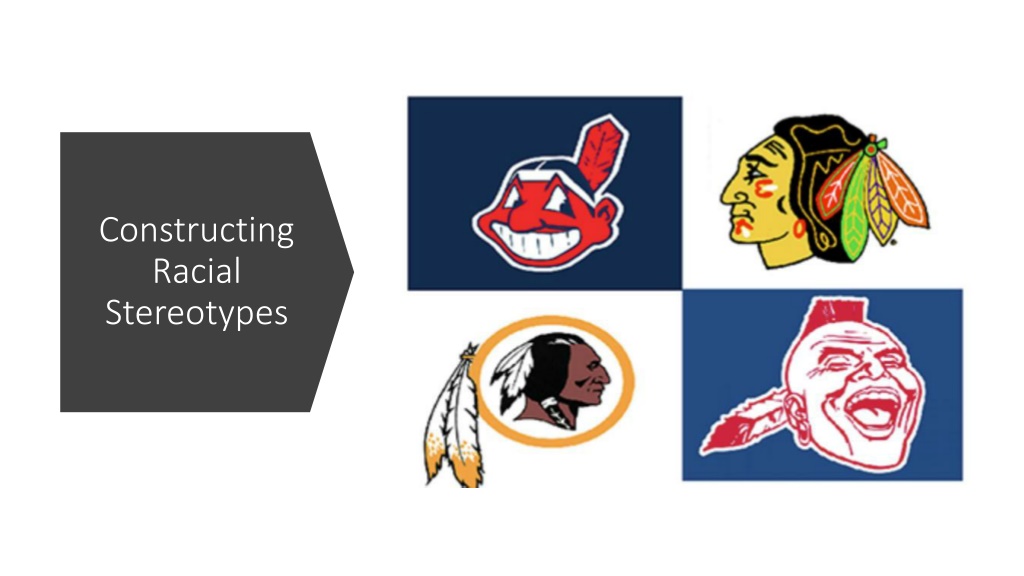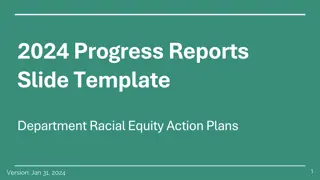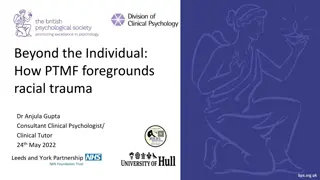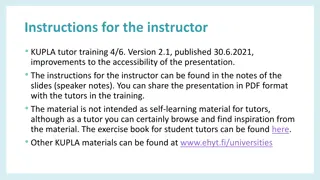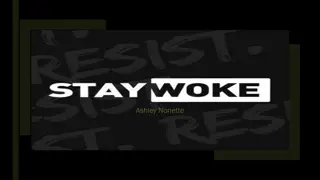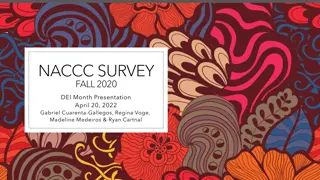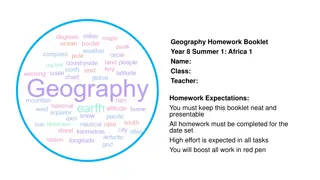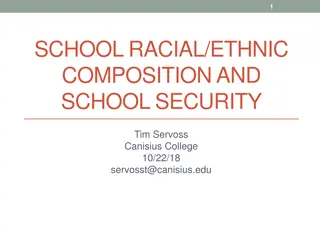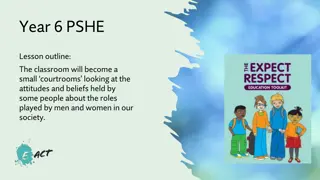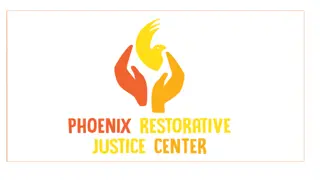Racial Stereotypes: Deconstruction and Impact
This content explores the creation and perpetuation of racial stereotypes, focusing on Indigenous American people as examples. It delves into metonymy, caricature, name-calling, them-and-us comparisons, exoticization, and the use of non-standard English. Through visual examples and explanations, it highlights how these methods contribute to the harmful reinforcement of stereotypes and biases.
Download Presentation

Please find below an Image/Link to download the presentation.
The content on the website is provided AS IS for your information and personal use only. It may not be sold, licensed, or shared on other websites without obtaining consent from the author.If you encounter any issues during the download, it is possible that the publisher has removed the file from their server.
You are allowed to download the files provided on this website for personal or commercial use, subject to the condition that they are used lawfully. All files are the property of their respective owners.
The content on the website is provided AS IS for your information and personal use only. It may not be sold, licensed, or shared on other websites without obtaining consent from the author.
E N D
Presentation Transcript
Constructing Racial Stereotypes
Metonymy involves representing something or someone using only a part of that person or thing. 1. Metonymy In these examples, T- shirts representing sports clubs, the feather head-dress and hatchet are symbols which stand for all Indigenous American people.
Caricature is a simplified, distorted or exaggerated representation of a person. Caricatures may be stylized or simplistic cartoons or drawings. 2. Caricature In this example, a cartoon published in 1913, Native American athletes are drawn with long, hook noses and bandy legs.
3. Name-calling Naming and labelling are oft-seen conventions in the creation of racial stereotypes. These names may be derogatory. In the context of Native Americans, squaw , brave , injun , primitive , chief and tribal are examples of names and labels that are problematic. This 1914 film release is called The Squaw Man , an example of name- calling.
4. Them-and-us Racial differences are often juxtaposed against a particular culture s racial standard . In the case of Indigenous American people, they are contrasted with White Americans. In this text, a 1950s railroad advert, white passengers on the train are invited to view Native American people as though they are exotic exhibits, so different that it s worth taking an adventurous trip to explore this alien culture.
5. Exoticization Minority people are often exoticized so that they appear mysterious, interesting and different to a culture s racial standard. Native American people might be associated with the wild, have mystic powers, and wear vivid warpaint in texts, such as this image from Disney s Peter Pan (1953)
6. Non-standard English When minority people speak, they often do so in broken, grammatically poor or non- standard English. Look at the way the Indian tribespeople use English in these song lyrics from Peter Pan, a 1953 Disney cartoon.
7. Sweeping Generalisations Making a generalization is ascribing the appearance, beliefs, speech and behaviour of individuals to a whole group of people. This advert from 1914 presents generalizations about Native American people: they dress in colourful clothing, paddle wooden canoes and live in tents (called teepees).
Your Turn Investigate the methods used to construct racial stereotypes of another group of people, for example: British-Asians; Black Americans; French Moroccans; you might like to choose a minority culture that is relevant to your cultural context or home country. Find texts which represent this group of people: film posters, music videos, cartoons, political campaign posters, TV shows, adverts and so on.
